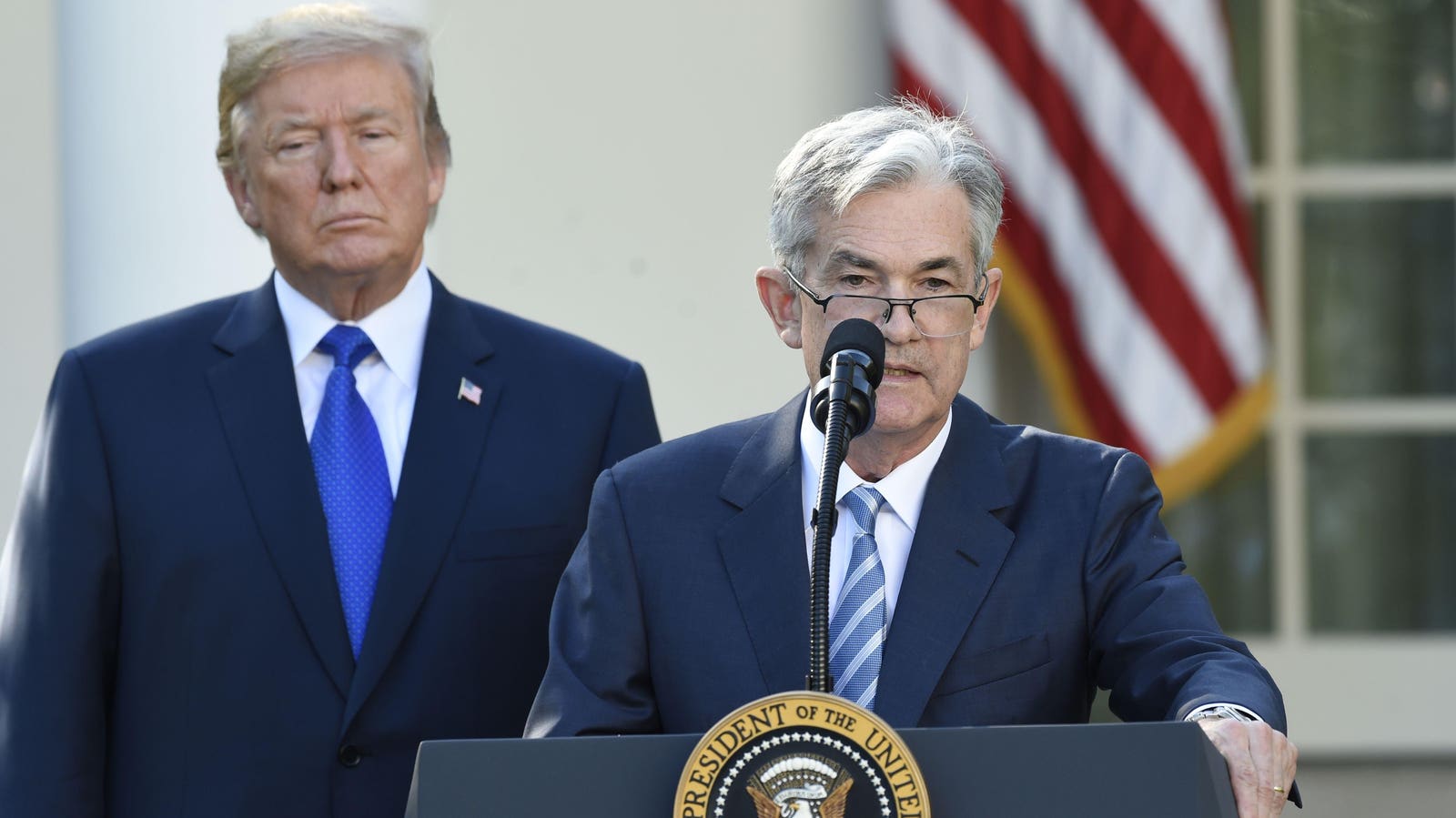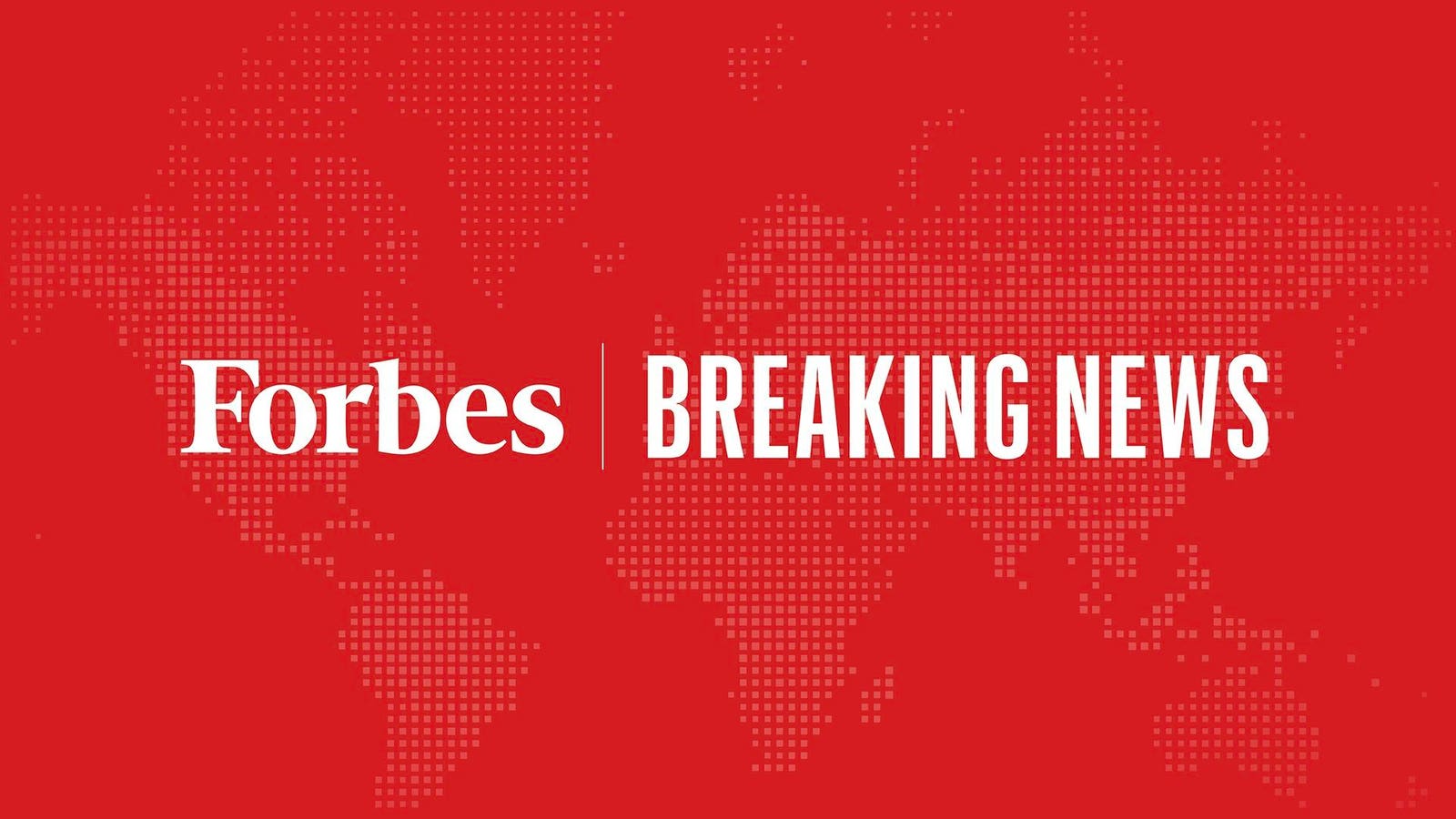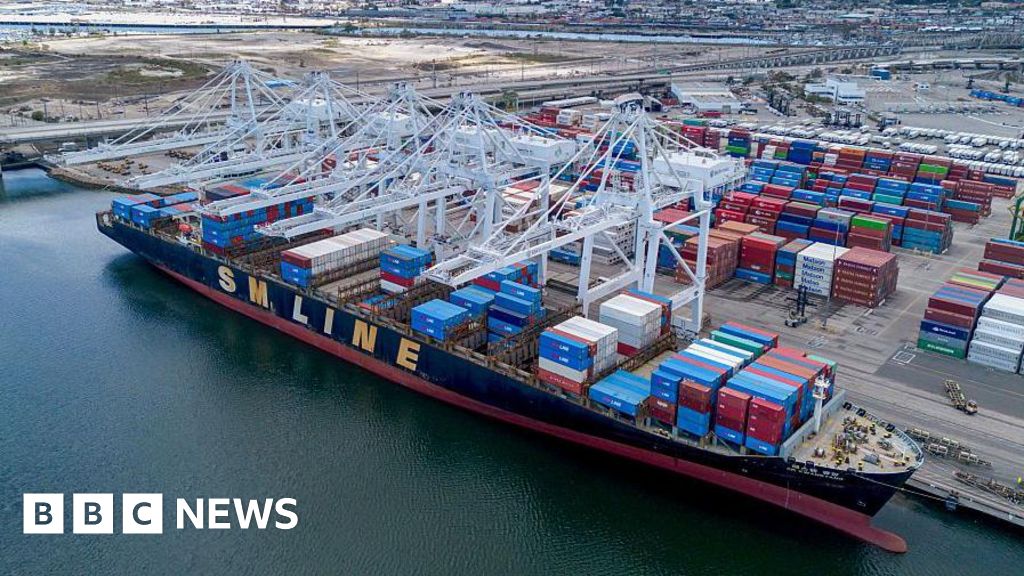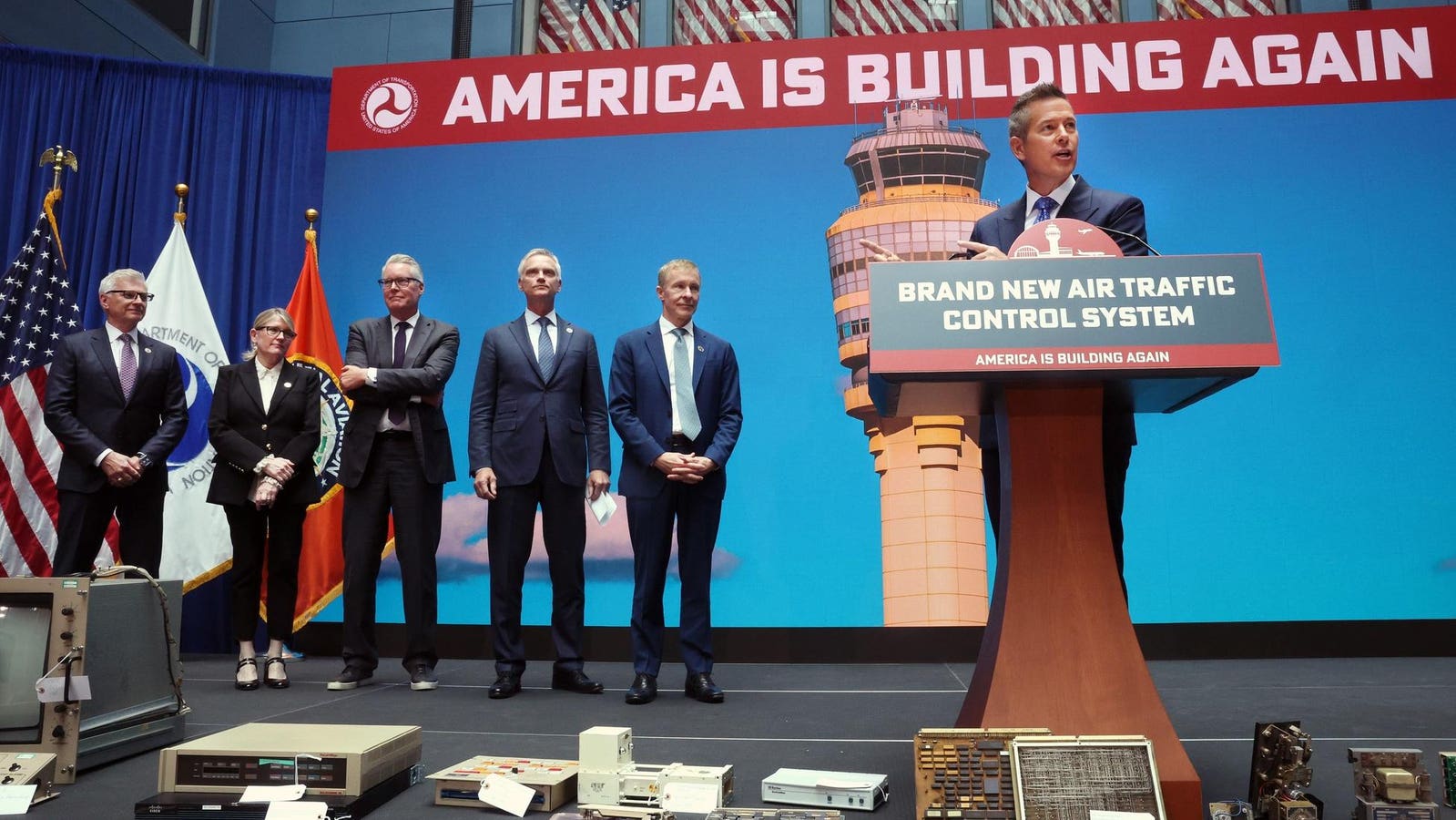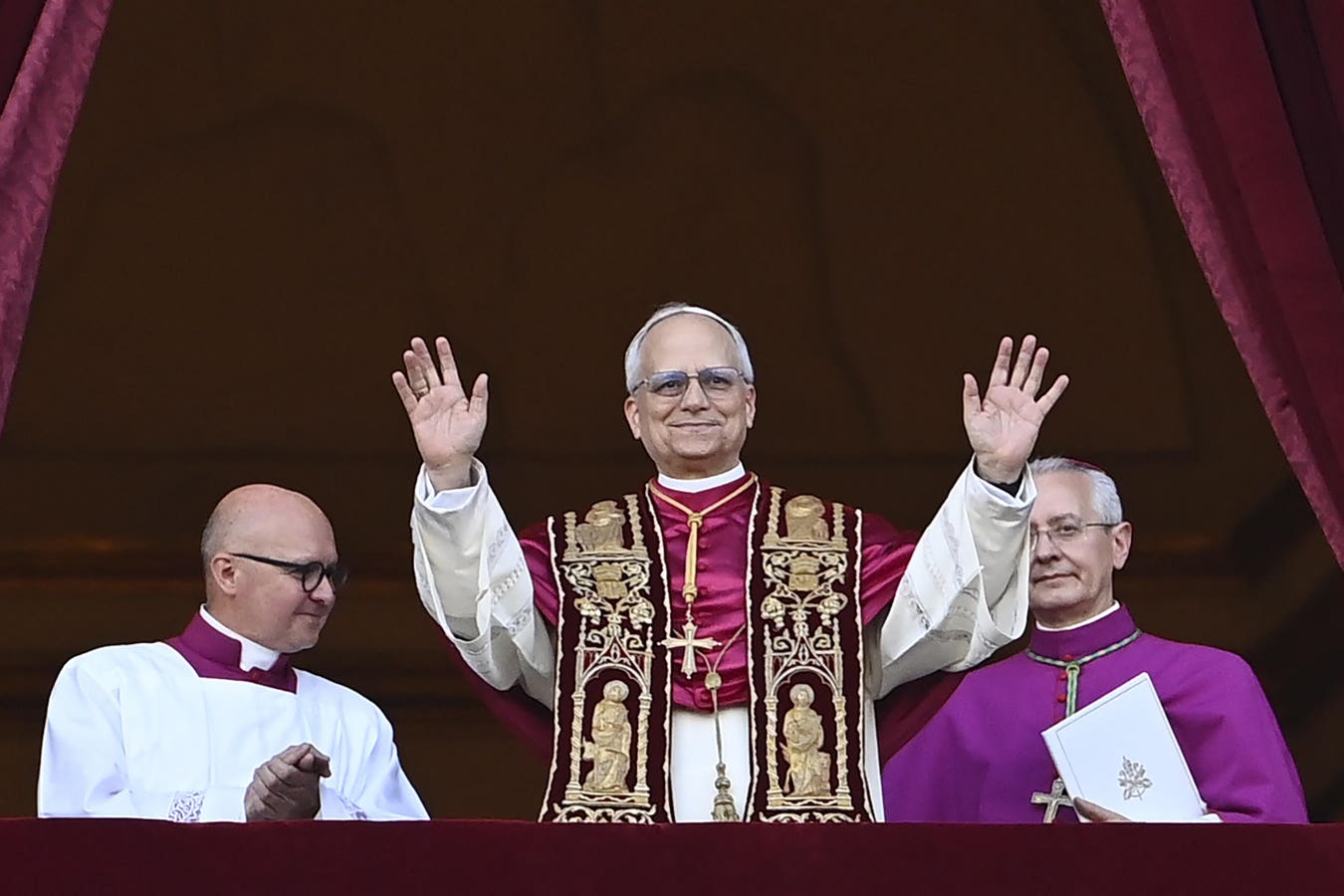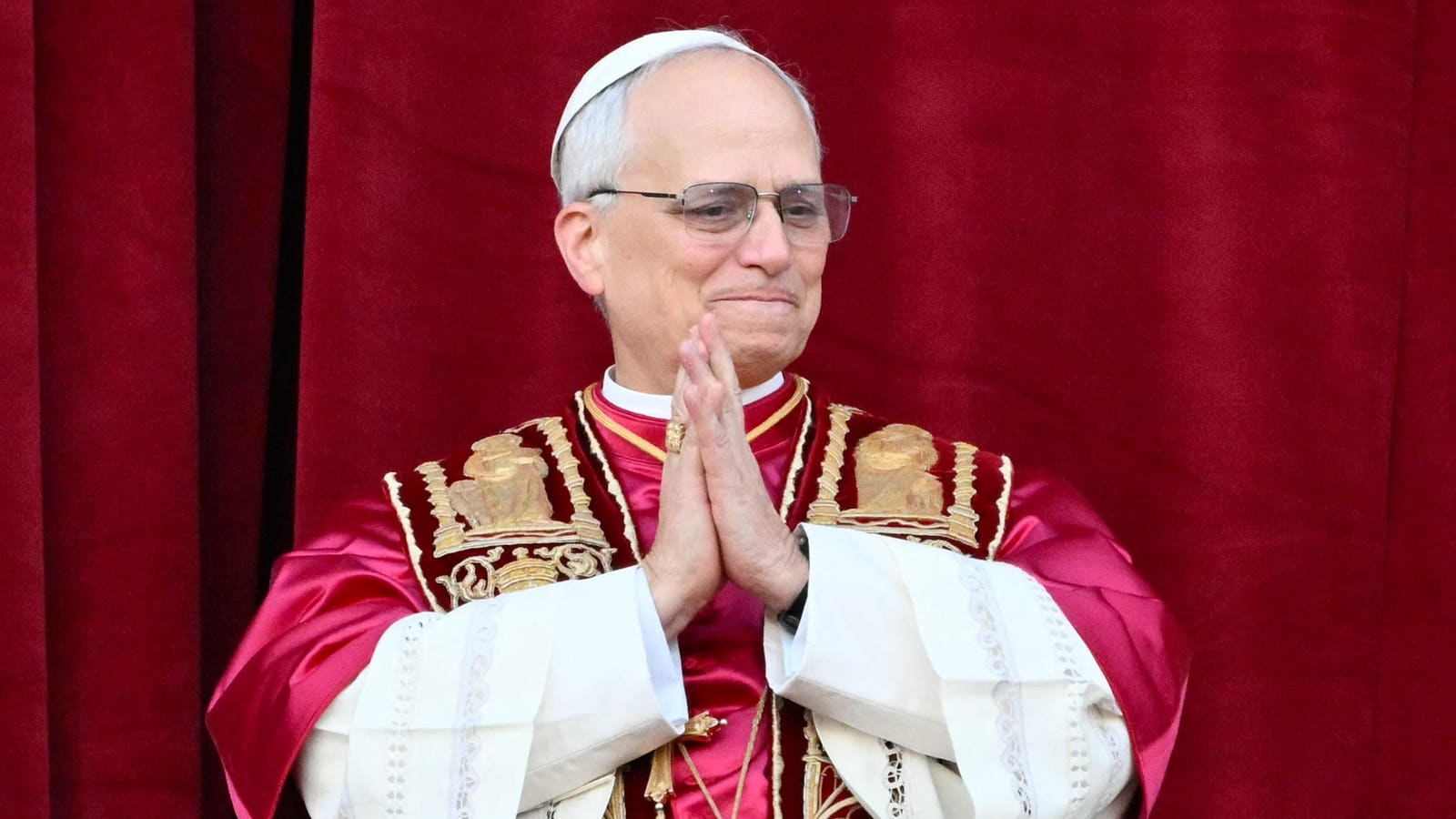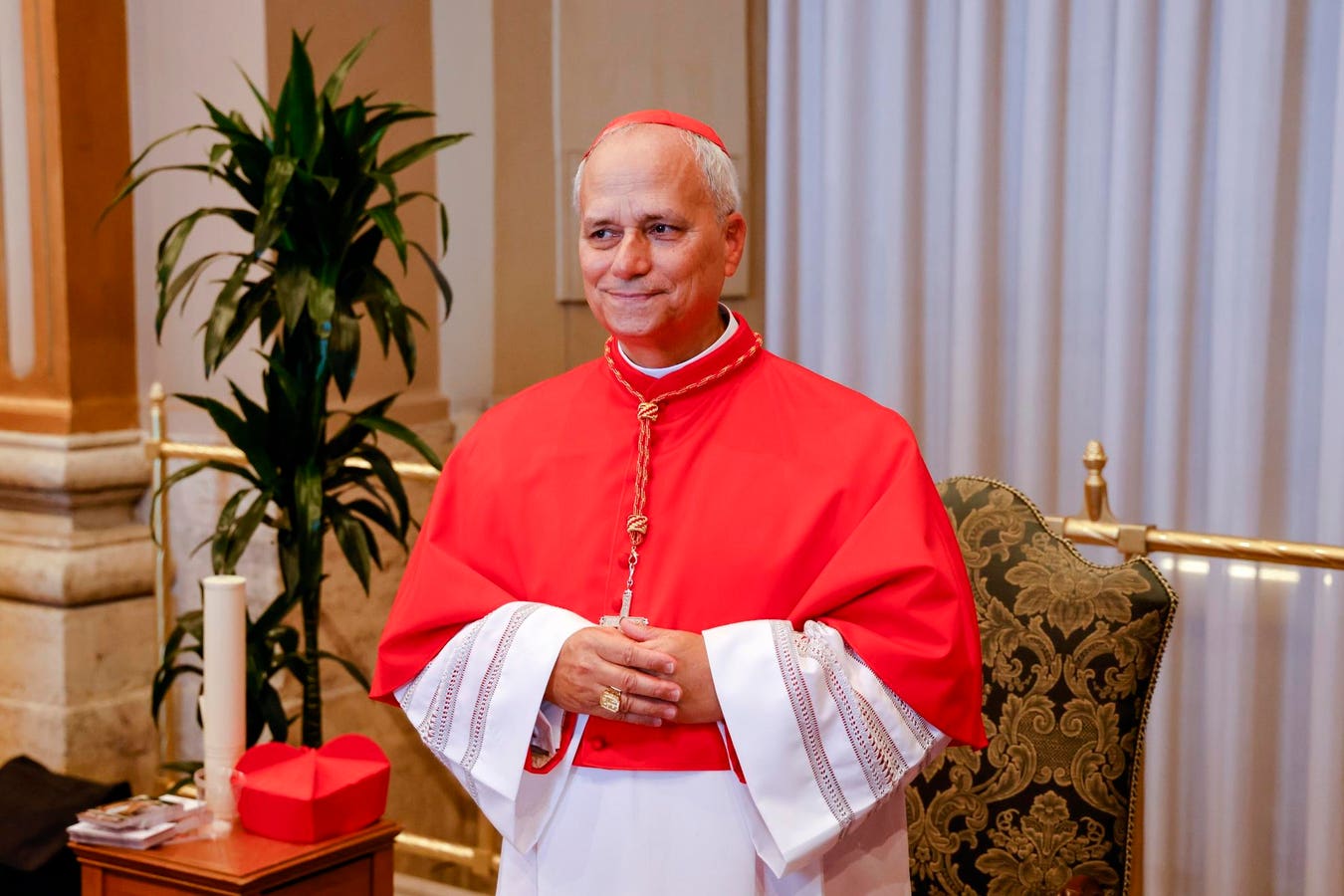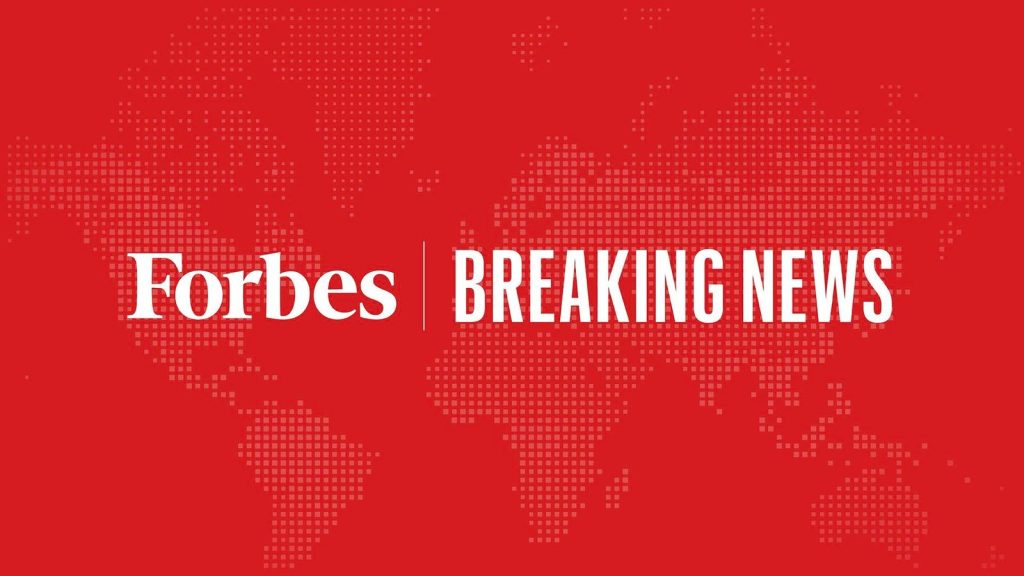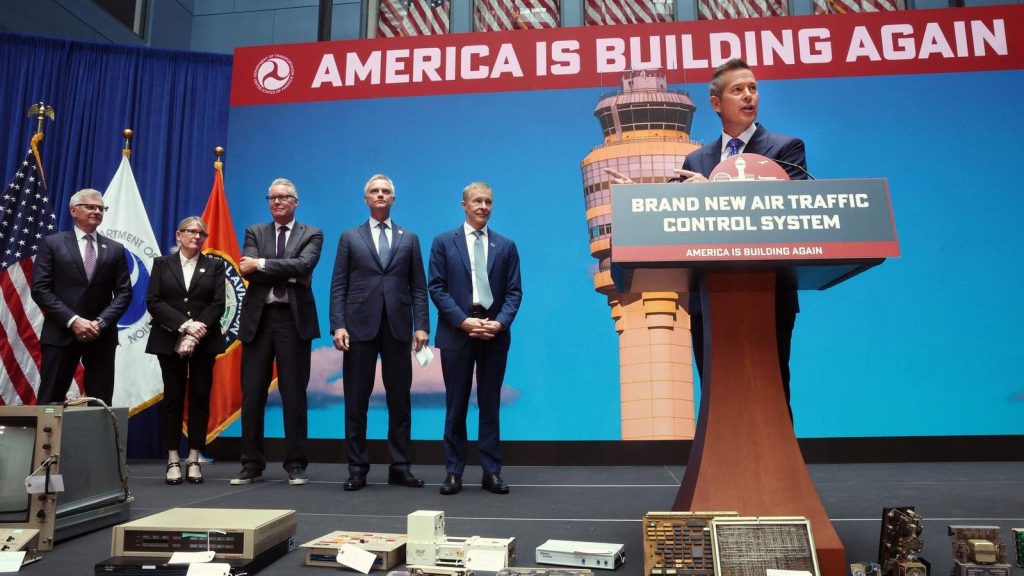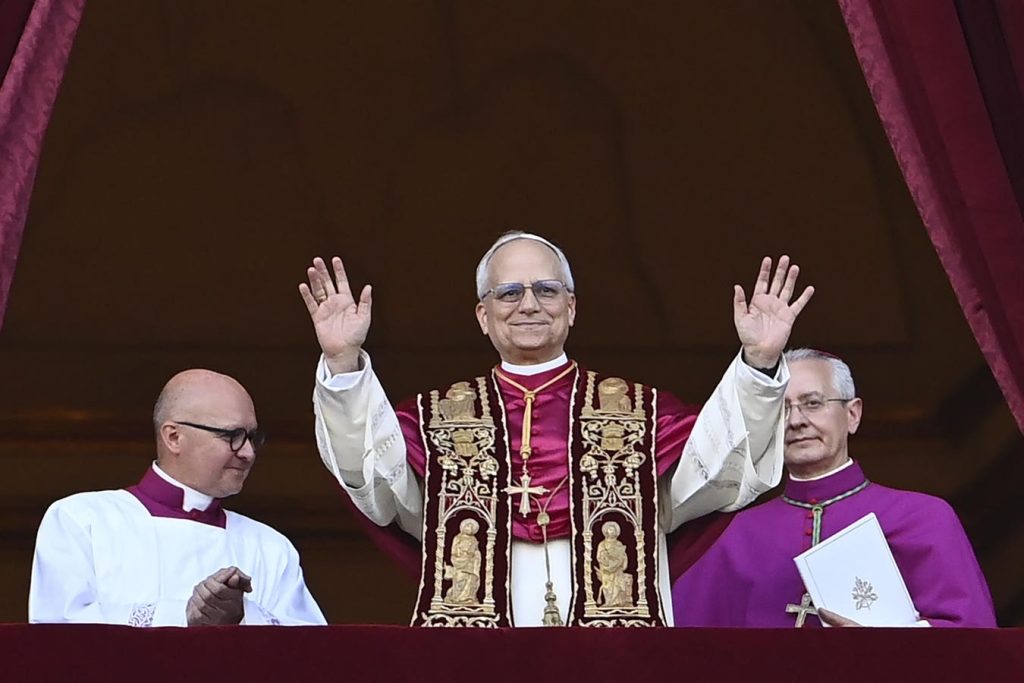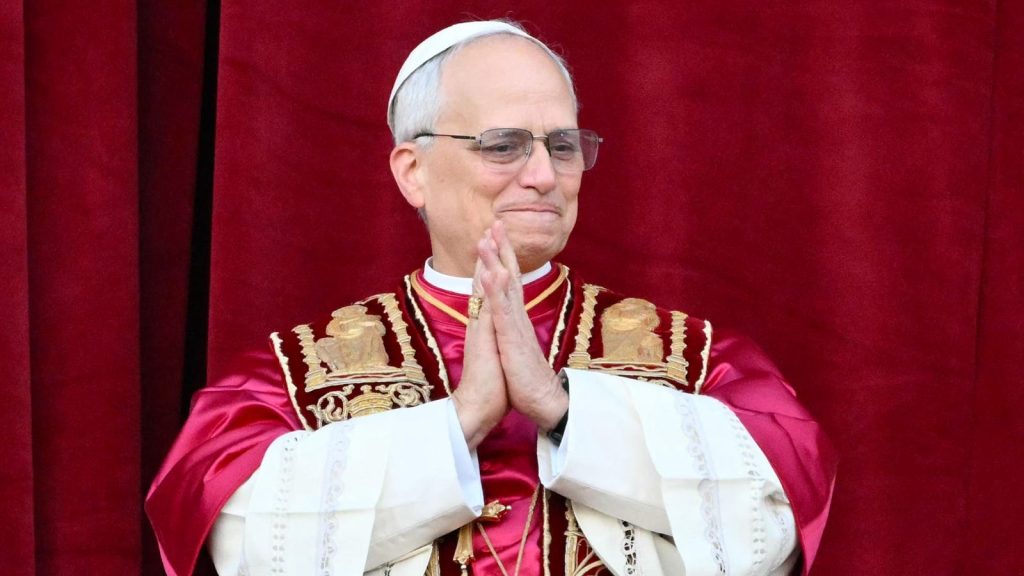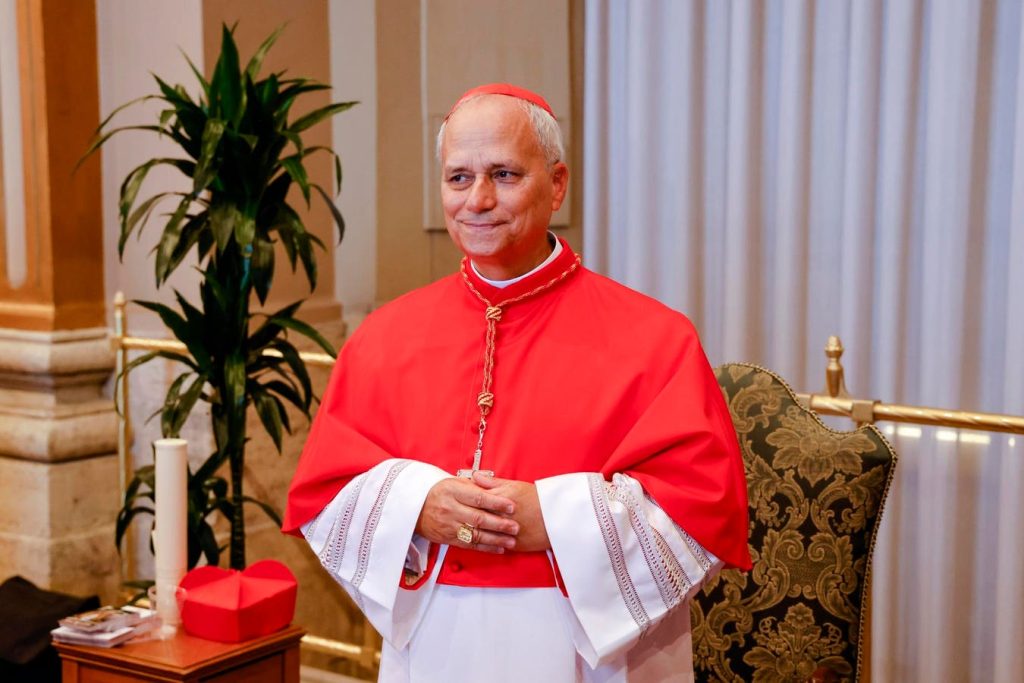Topline
President Donald Trump went after Federal Reserve Chairman Jerome Powell following the Federal Reserve’s decision this week to go against the president’s wishes on monetary policy, as Powell becomes one of the highest-profile targets of Trump during the early days of his second term.
Jerome Powell speaks, flanked by President Donald Trump, in 2017.
Key Facts
“‘Too Late’ Jerome Powell is a FOOL, who doesn’t have a clue,” Trump posted to his Truth Social platform Thursday morning.
The displeasure appeared to be in response to the Fed’s decision to hold interest rates steady during the central bank’s policy-setting Federal Open Market Committee’s meeting Tuesday and Wednesday.
The Fed was widely expected to hold rates firm this week, but Trump has repeatedly called for lower rates, a disagreement which culminated in Trump flirting with firing Powell, an option with questionable legal footing which experts said would rattle financial markets.
Why Does Trump Dislike Jerome Powell?
Powell was originally appointed to his role as the U.S.’ top monetary policymaker by Trump in 2017, but Trump quickly soured on Powell during his first presidential term over a similar rift in which Trump wanted less restrictive monetary policy. Since last summer, Trump has continually taken issue with Powell, who he has called a “loser.” Powell is only one of 12 voting members on the Federal Open Market Committee, and his post as the Fed chief ends next year. The FOMC sets the target federal funds rate, which only officially determines the cost of overnight loans between banks but has a heavy influence on borrowing costs across the economy, from mortgages to small business loans. Lower interest rates tend to be popular politically as consumers typically enjoy the ability to take on cheaper debt, though the underlying reason for higher rates – elevated inflation – is certainly not popular.
Is Trump Right That The Fed Should Cut Rates?
Trump argued Thursday there is “virtually NO INFLATION,” nodding to the typical precursor for bringing rates down from a restrictive level. Though inflation did just come in at a four-year low by the Fed’s favored yardstick, it’s still running comfortably above the Fed’s target of 2%, and economists widely expect Trump’s tariffs to lead to a further bump in prices. There’s also been relative strength in the labor market, causing the Fed to act with less urgency, and there needs to be “meaningful labor weakening…for rate cuts in the current environment of upside risks to inflation,” according to UBS’ chief U.S. economist Jonathan Pingle. But the idea of a more pre-emptive rate cut is not without mainstream support. “Postponing the initial rate cut raises the risk that policymakers may need to accelerate the pace of easing later in the year to avoid falling behind the curve,” Gregory Daco, chief economist at EY-Parthenon, wrote in a Wednesday note to clients.
Crucial Quote
“There are no easy answers about the Fed path for now,” according to David Mericle, Goldman Sachs’ chief U.S. economist.
Further Reading
ForbesFed Doesn’t Cut Interest Rates Again—Despite Trump’s Demands—As It Warns Of Higher Unemployment RiskBy Derek Saul
ForbesCan Trump Fire Jerome Powell? Federal Reserve Chair Thinks No As President Reportedly Eyes His ‘Termination.’By Derek Saul

